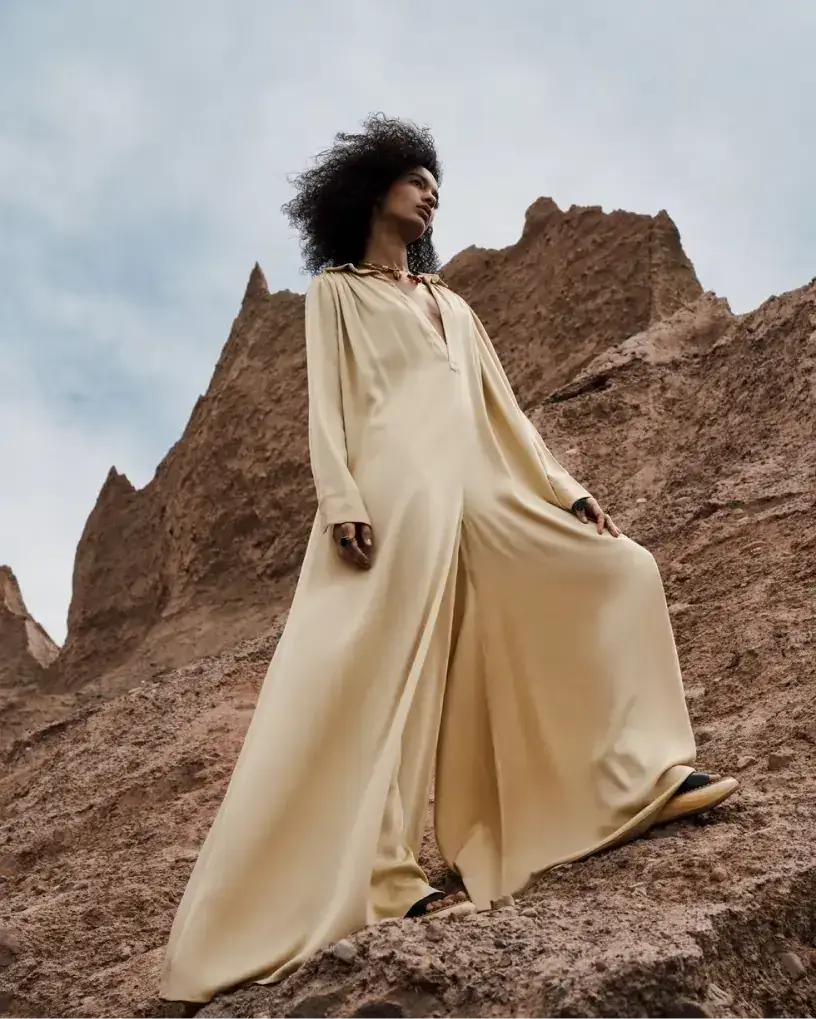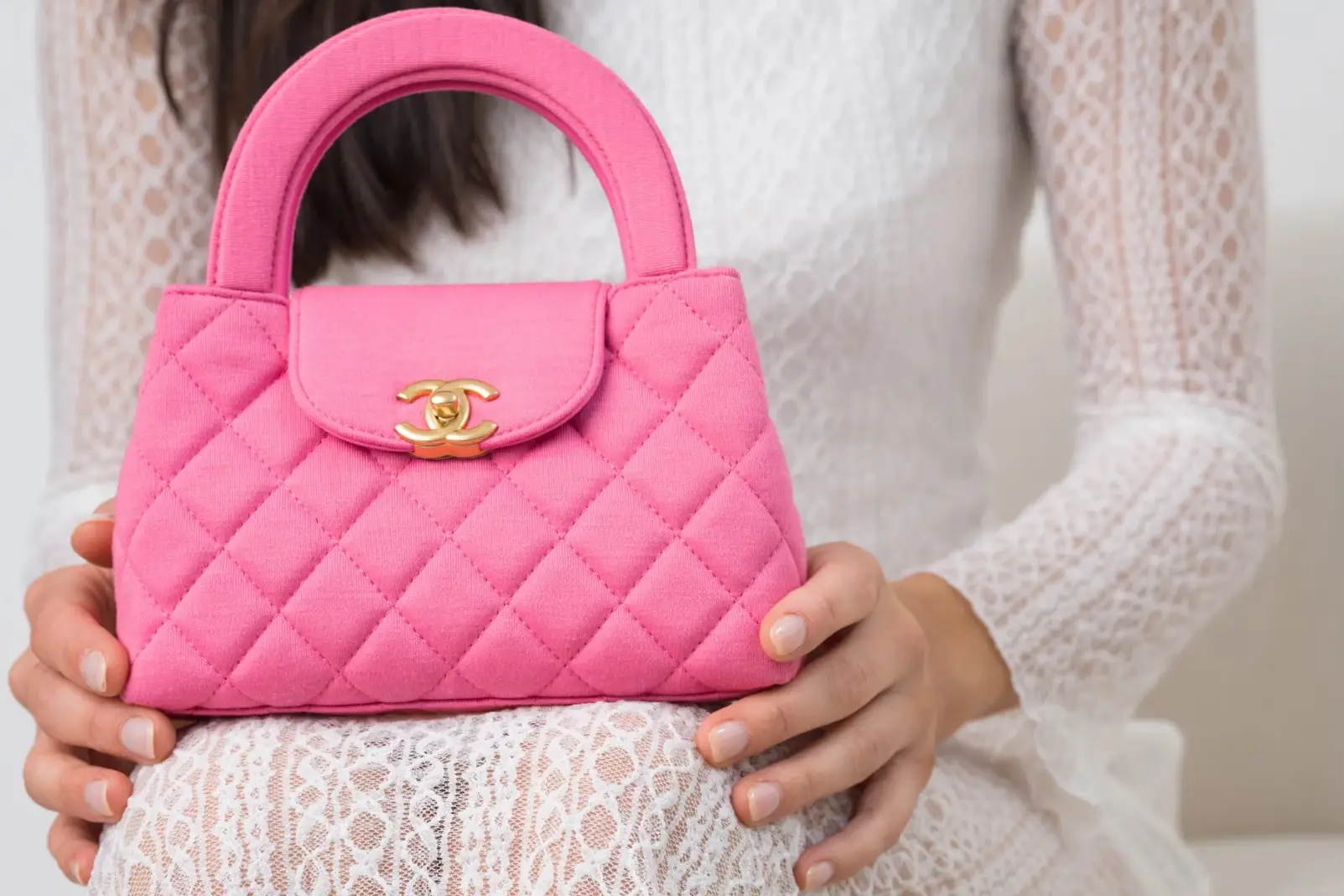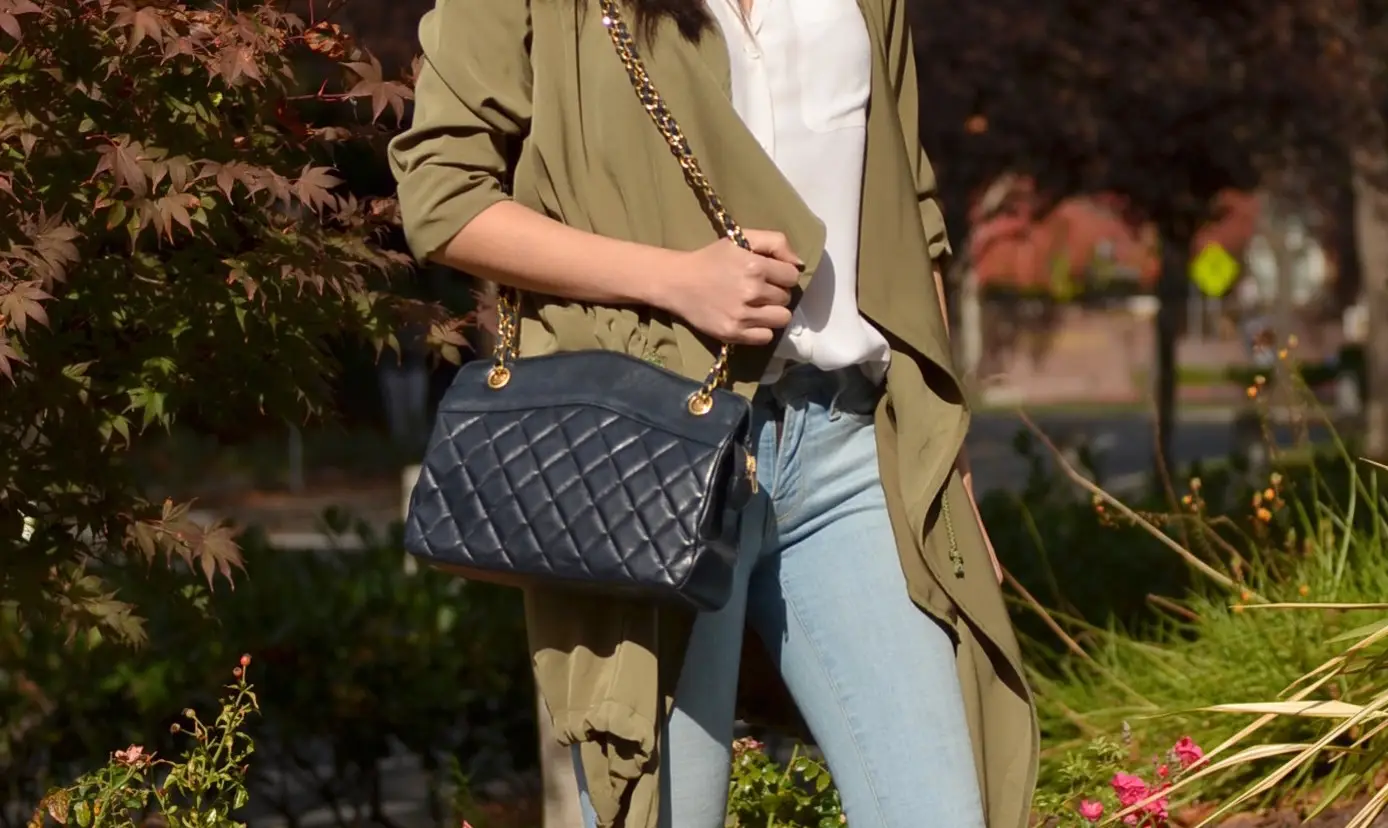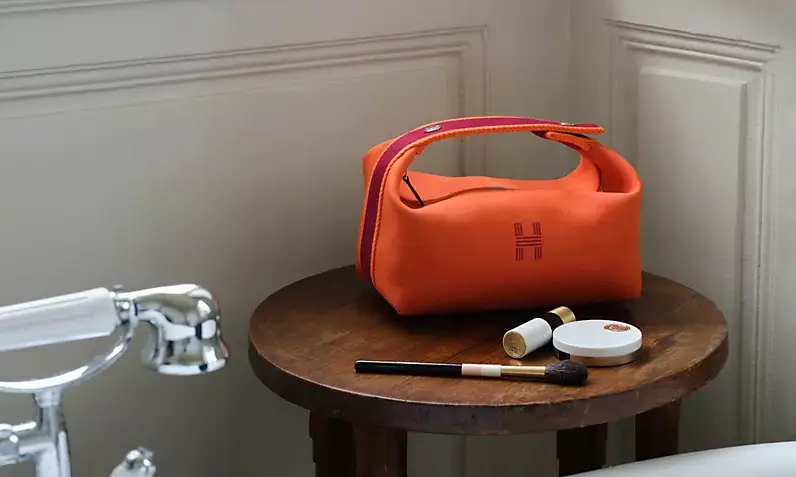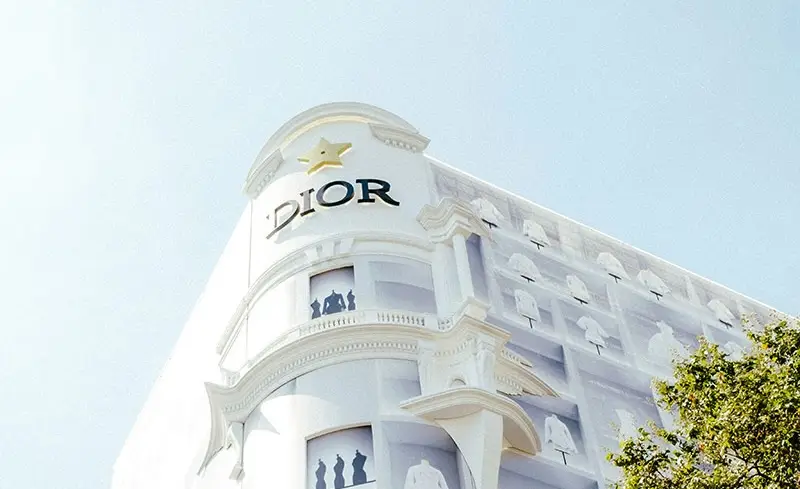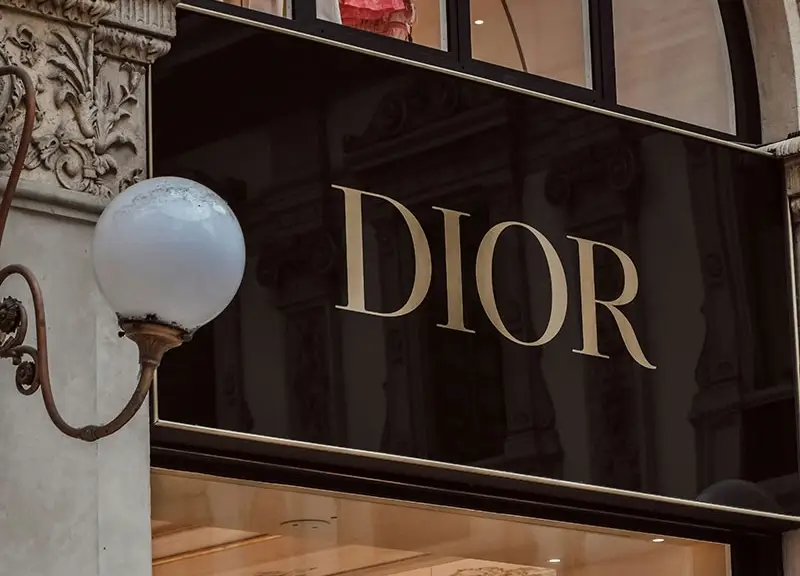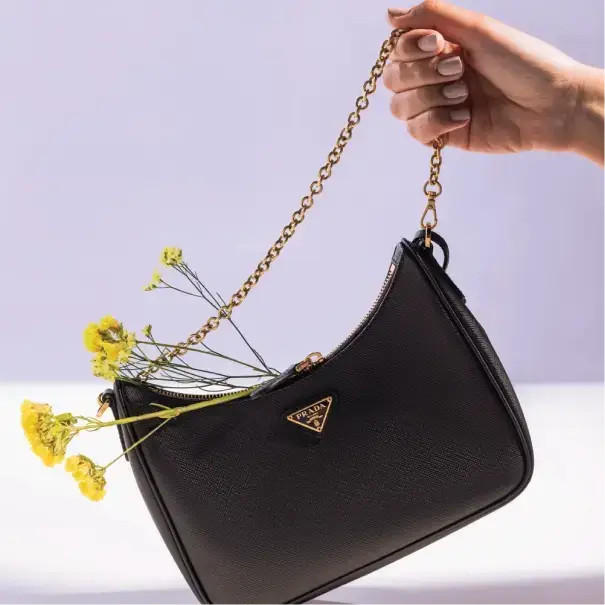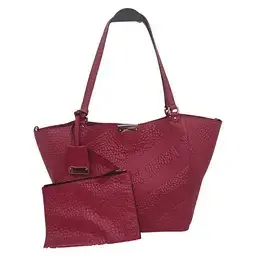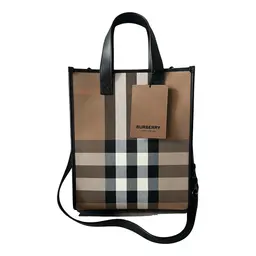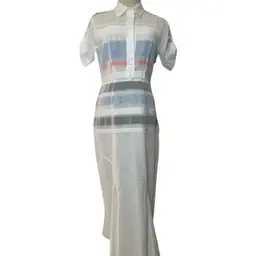According to a report by Euromonitor International, the fashion industry in the Middle East was valued at $55 billion in 2019, with the UAE and Saudi Arabia shooting at the top of the list. This boom is definitely a matter worth looking into!
However, the fast fashion industry was also caught on in the region, leading to a surge in consumerism and waste. Take for example Egypt, Tunisia, and Morocco, where the spiking demand for fast fashion has engendered a surge in textile waste and pollution. What’s that all about?
The Middle East Fashion: Situation and Challenges
Were you aware that the fashion industry accounts for 10% of global carbon emissions and 20% of global wastewater? Well in the Middle East, the fashion industry’s environmental impact is compounded by the region’s water scarcity and energy dependence. Moreover, the fast fashion industry’s supply chain often involves unfair labor practices and poor working conditions. Indeed, many workers in the garment industry in the MENA region are underpaid and work long hours.
But let’s set the record straight once and for all on the magnitude of challenges the fashion industry in the Middle East is facing:
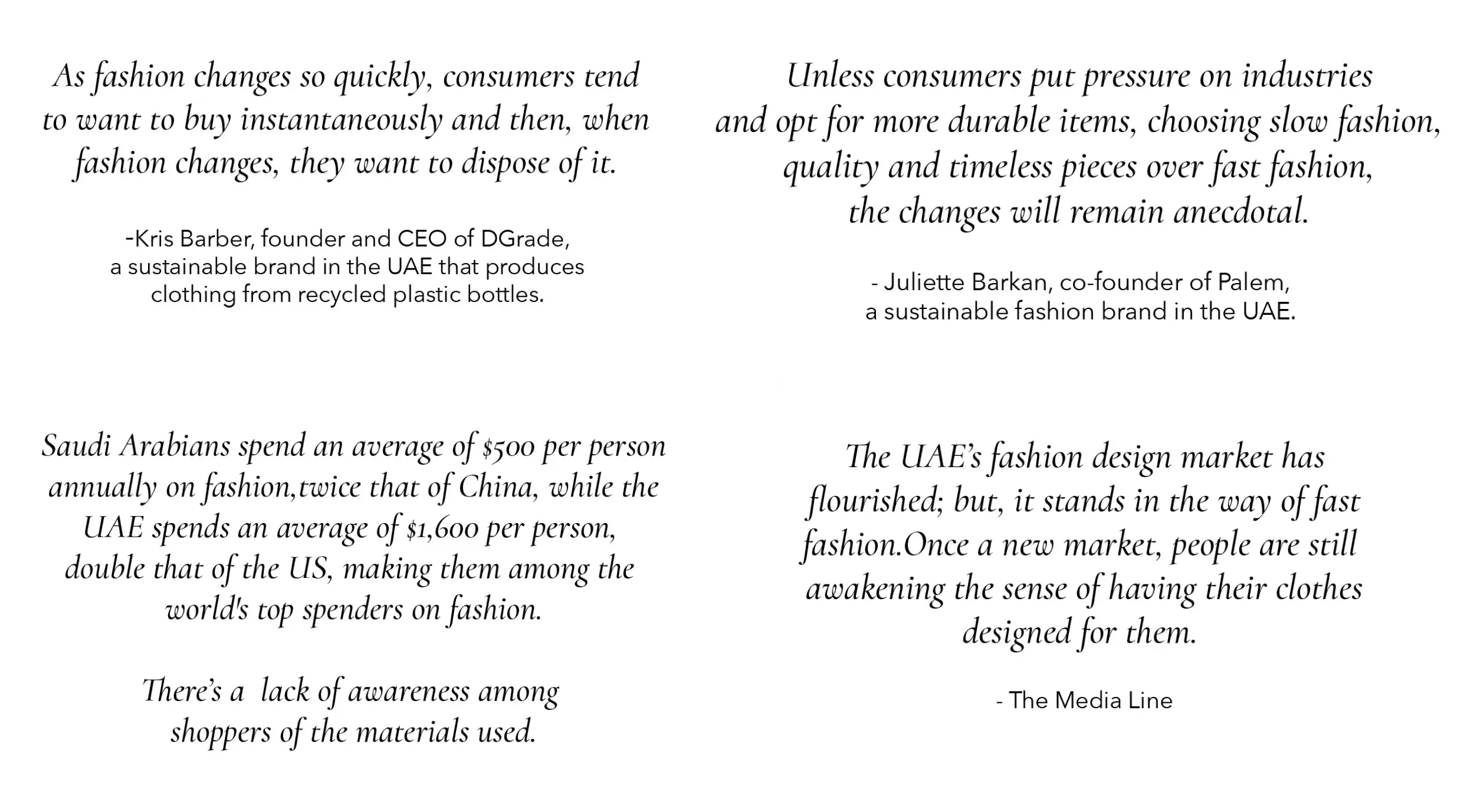
What Changes Are Happening?
Lady luck is on our side! The fashion industry in the Middle East is showing prominent signs of change. Many designers and brands are now embracing sustainable and ethical practices, focusing on eco-friendly fashion materials, ethical production, and circular economy principles.
In Saudi Arabia, for example, the Green Fashion Festival was launched in 2021, promoting sustainable fashion and eco-friendly practices. The UAE follows suit! All this as a part of sustainability programs affiliated with the UAE Vision and KSA’s Vision2030.
Moreover, shoppers are now woke to the impact of fast fashion. A survey by YouGov revealed that 47% of Emirati consumers would pay more for sustainable fashion, and 42% of consumers are more likely to shop from sustainable brands. And that’s not all! As per Kingpin Global, the Middle East fashion market has been undergoing a “root awareness” phase in recent years, with Gen Z seeking clothing that reflects their heritage and history.
We’re on the cusp of a game-changing victory!
What Does the Future Hold For the Middle East Fashion Scenery?
The tide is already turning! As consumers are being more educated about the impact of fast fashion, the demand for sustainable fashion will continue to grow, bringing about a more responsible fashion industry in the Middle East.
MENA manufacturers are finding that this practice is not just a buzzword but a sound business decision. And online marketplaces are influential in that matter. While most of the region’s consumers are citing sustainability as a key factor in their purchasing decisions, it’s now a main unique selling proposition (USP) to these platforms.
Add to it the hike in luxury resale markets centering around approaching fashion more consciously! Libas Collective, a community-based marketplace to buy and sell pre-loved designer clothing, is a great ideal. You can make a profit for yourself and the environment by selling your no-longer-wanted luxuries to many fashion disrupters who share your beliefs and can’t wait to get their hands on the gems lying deep within your closet. Such a win-win situation!
Adopting sustainable fashion in the Middle East should be moving at breakneck speed to deliver mindful upshots. Start with the change now by shopping for pre-loved designer pieces on Libas Collective!

